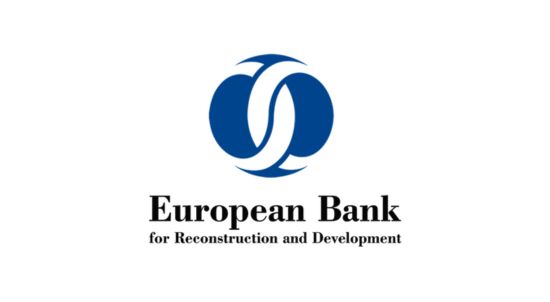EBRD Safeguards Break New Ground, but Remedy and Accountability Concerns Remain

The European Bank for Reconstruction and Development (EBRD) has finalized its new Environmental and Social Policy (ESP), which will govern both the Bank and its clients’ management of risks and impacts to people and the environment.
From our work supporting communities harmed by EBRD investments, we know first-hand the importance of robust safeguards and due diligence. The new policy contains several key improvements, including the creation of safeguards against harms that were previously overlooked. However, several concerns we raised during consultations on the policy remain unaddressed, including inadequate commitments from the EBRD to contribute to remedy for harm and to address risks of reprisals.
Improvements
The ESP now contains safeguards against several types of project impacts that were previously unaddressed. These include social and environmental impacts of digital transformation projects, such as data privacy violations, cybersecurity risks, and other threats to public health and safety. In addition, the ESP now requires EBRD clients to take specific measures against child sexual exploitation and abuse, including assessing risks and setting up safe reporting channels.
Another major improvement is that the EBRD is now required to take into account whether a client has implemented its environmental and social obligations when considering whether to award new or additional financing to that client. To support this requirement, the EBRD may conduct site visits to independently verify monitoring information that clients have provided. Given the prevalence of repeat loans to clients with poor environmental and social performance, this new provision could go a long way in preventing harm from clients who are unable or unwilling to follow the safeguards.
Shortcomings
Despite these improvements, the ESP still falls short of civil society recommendations. While the policy strengthens requirements for EBRD clients to remediate harm to project-affected people, there is no commitment from the EBRD itself to contribute to remediation where it has contributed to harm. Furthermore, though the ESP briefly mentions the Bank’s independent accountability mechanism, the Independent Project Accountability Mechanism, EBRD clients are not specifically required to tell communities that the mechanism exists. In addition, EBRD clients retain primary responsibility for preventing and addressing reprisals against project-affected people. Given that the vast majority of reprisals are perpetrated by the client (or at the client’s behest), this designation of responsibility presents a conflict of interest.
New Management-Led Grievance Mechanism
With very little fanfare, the ESP has also established a new grievance mechanism led by EBRD management. In creating this mechanism, the EBRD follows in the footsteps of the World Bank, International Finance Corporation, and Inter-American Development Bank. However, given that the EBRD’s consultation process never focused specifically on the addition of this new mechanism, we are concerned that the EBRD missed gathering specific feedback from communities who have used management-level grievance mechanisms at other development finance institutions (DFIs).
DFIs often tout management-level grievance mechanisms as being more efficient and flexible than independent accountability mechanisms (IAMs). Since project-affected communities already routinely approach DFI management with complaints about projects, it is not inherently a bad idea to systematize management’s response to such concerns. However, compared to IAMs, existing management-led grievance mechanisms fall short of internationally recognized effectiveness criteria for non-judicial grievance mechanisms. Their biggest shortcoming is lack of transparency. Management-led grievance mechanisms share very little information about the complaints they have handled and whether, or how, remedy was provided. This can make these mechanisms unpredictable “black boxes” for communities trying to understand where they can get meaningful remedy for the harm they are experiencing. Lack of transparency about complaints also undermines accountability for the DFI’s role in financing harmful projects.
Another disadvantage of management-led grievance mechanisms is the conflict of interest that arises in cases where a project has significant problems, or where serious harm is identified. DFI management’s financial and reputational interest in having projects go forward can conflict with the need to address serious harm, which may require pausing or making significant changes to a project.
In order for the EBRD’s management-led grievance mechanism to be effective, it must have a clearly defined scope for the kinds of issues it is equipped to address, as well as robust transparency requirements that keep it accountable to communities, the EBRD’s Board, and the public. In developing its procedures, the EBRD should actively consult with communities and civil society who have experience using similar mechanisms at peer DFIs.
Going Forward
Starting January 1, 2025, most EBRD-financed projects will be expected to comply with the new ESP. Accountability Counsel will continue to accompany communities experiencing harm from projects financed by the EBRD to secure remedy and accountability.
Related Posts
- 16 December 2024 Urgent Call for Conditionalities on New IFC and EBRD Loan to Oyu Tolgoi Mine
- 21 June 2024 Proper EBRD policies can avoid further disgrace in Ukraine and elsewhere
- 8 May 2024 The EBRD in Armenia: Lessons for Responsible Exit and Remedy
- 25 January 2024 EBRD under pressure over human rights complaints
- 2 February 2023 EBRD investments in Ukrainian agro-giant MHP under investigation

